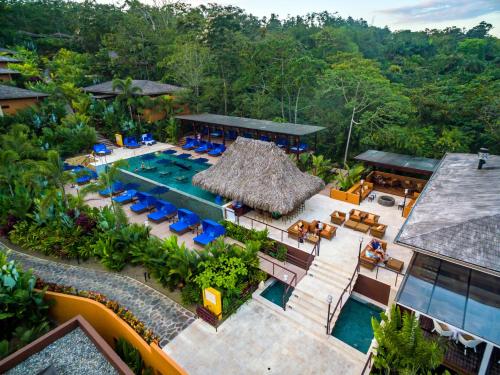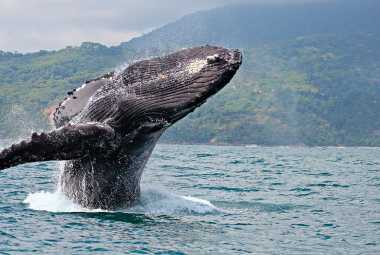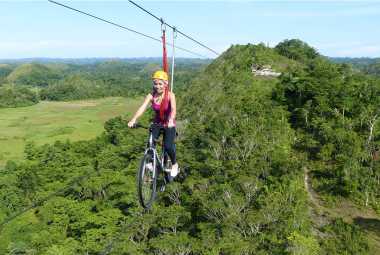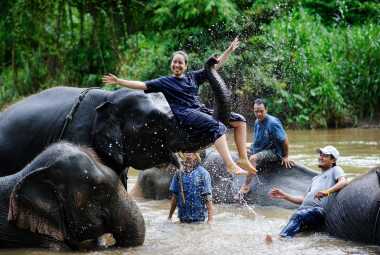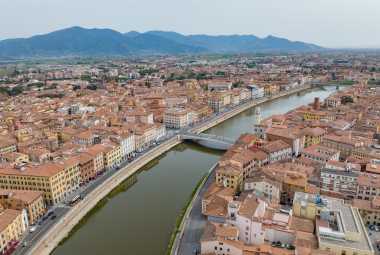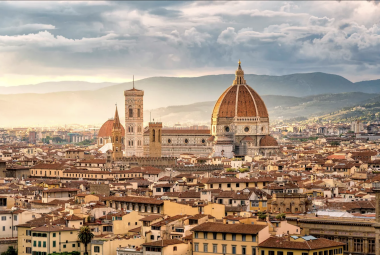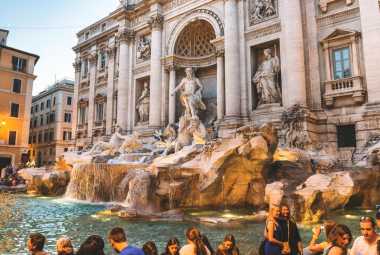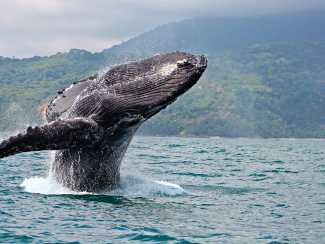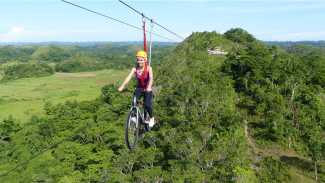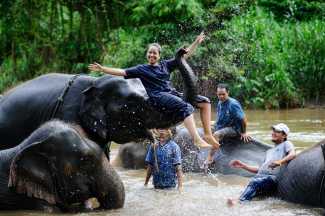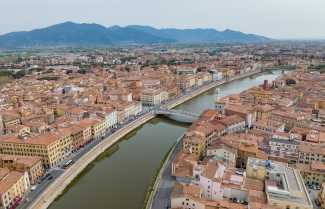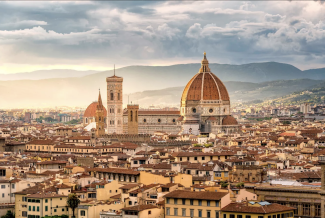*Vacation Mode is a for-profit site. It contains paid banner advertisements that are generated and managed by a third-party network. This site also includes relevant affiliate links (both in the content and on the sidebar) all of which we do our best to clearly mark as such.
With its geographical location on the Pacific Ring of Fire, Costa Rica is part of a region of the Earth that extends from New Zealand to Chile and includes the Pacific Islands, Papua New Guinea, Indonesia (including the Philippines), Japan, Eastern Russia and Alaska, as well as the Pacific coasts of Canada and the United States (including the United States and Mexico), and Chile itself. This is a seismically active and volcanically active region. The Ring of Fire is home to approximately 90 percent of all earthquakes on the planet, and it also contains approximately 75 percent of all volcanoes on the planet. Costa Rica has 112 volcanoes, 60 of which are considered dormant and 5 of which are considered active, out of which Costa Rica has the most.
The presence of volcanoes in Costa Rica (which it is known for) has played a significant role in the preservation of the country's rich biodiversity. Because of the volcanic activity, minerals are deposited into the soil, making the land fertile and encouraging the growth of the rainforest (which has amazing resorts just like the beaches), which once covered the entire country. The volcanoes of Costa Rica contribute to eco-tourism, with many of them being relatively easy to view, access, and learn about due to their accessible locations.
Arenal Volcano
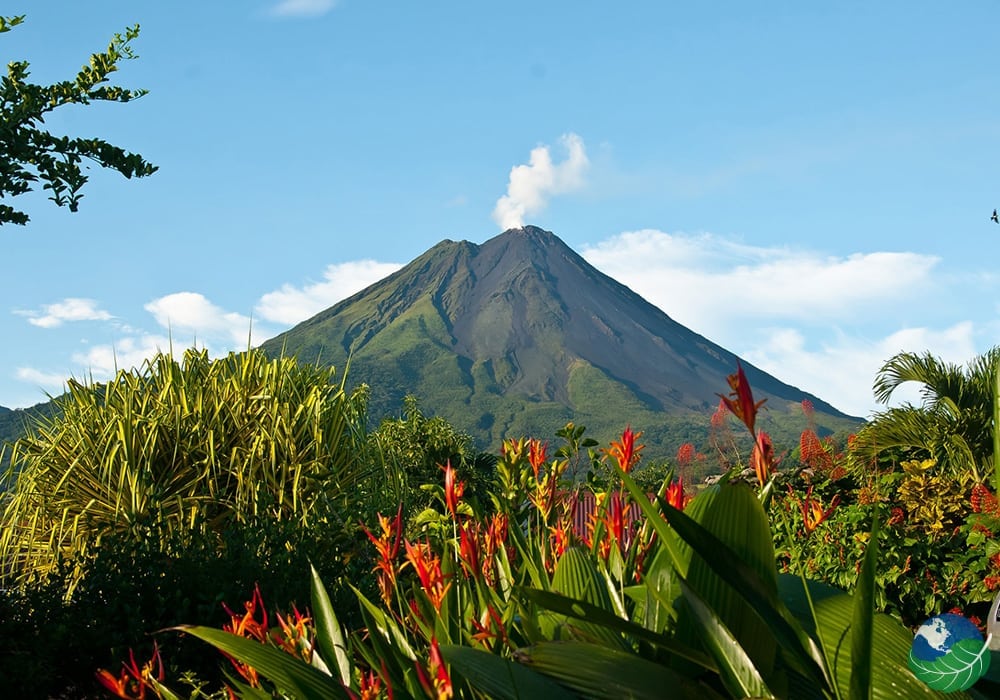
When one thinks of a volcano, the first thing that comes to mind is the Arenal Volcano. Arenal Volcano, which has the classic "volcano cone shape," is located on the Northern Plains of Costa Rica, close to the town of La Fortuna. This is the most well-known volcano in Costa Rica, and it was the most active volcano in the country between 1968 and 2010. Because of this, the situation has stabilized, and the area is now considered to be "sleeping." The national park surrounding Arenal offers excellent hiking opportunities, and the naturally occurring volcanic hot springs produced by the volcano provide soothing relief. This region is known as the "eco-tourism" capital of Costa Rica because it has more activities such as hiking, rafting, rappelling, and other outdoor activities than any other region in the country. The most recent eruption occurred in 2010. Visiting Arenal Volcano is considered one of the 10 best things to do in Costa Rica.
Irazu Volcano
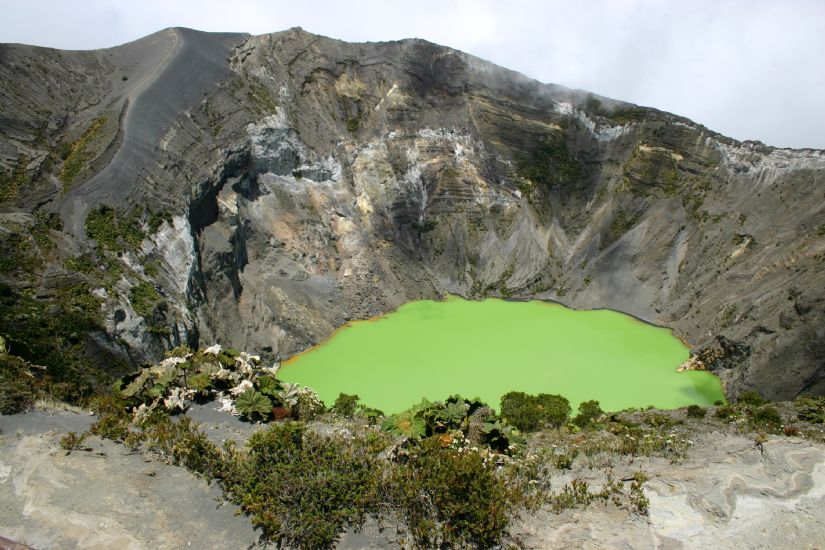
Irazu is another volcano in Costa Rica that is close to San Jose and to the east of the capital. It is best known for its eruption in 1963-1965, which blanketed San Jose with ash on the day of President John F. Kennedy's official visit. It's the highest active volcano in Costa Rica, rising to 3,432 meters (11,260 feet) in elevation, and it's also easily accessible as a day trip. The most recent eruption occurred in 1994.
Rincon de la Vieja Volcano
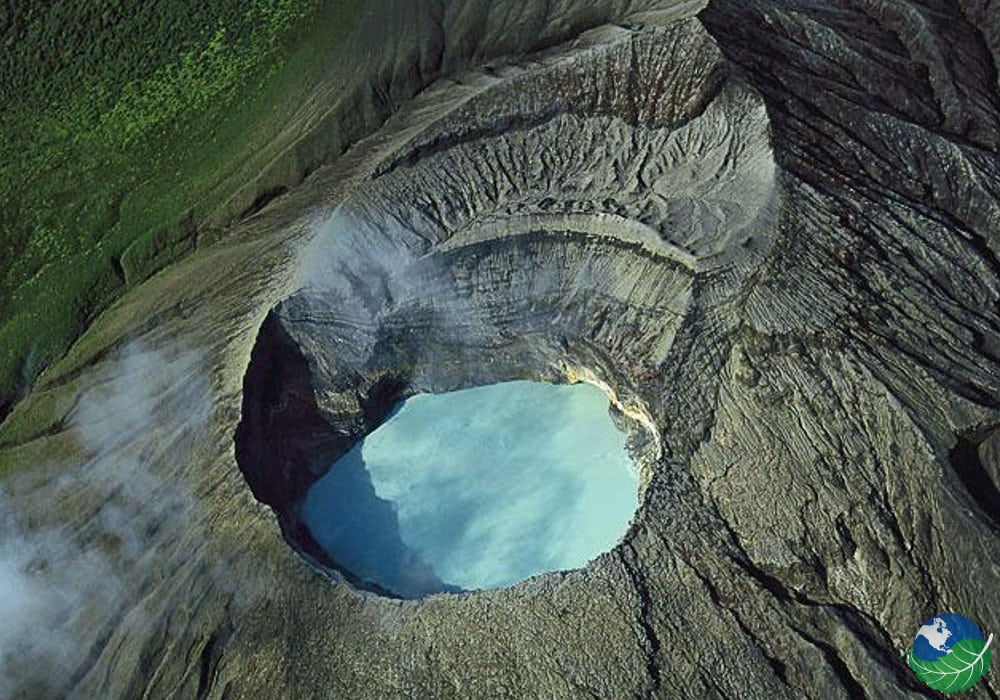
Rincon de la Vieja, located in Guanacaste Province in Costa Rica's northern region, rises out of the heat-soaked northern flatlands like a mirage and is the country's highest peak. As a great day trip from the Guanacaste beach resort areas, Rincon provides excellent hiking opportunities, as well as hot springs and vitamin-enriched mud pools to bathe in during your visit. The most recent eruption occurred in 2011.
Poas Volcano
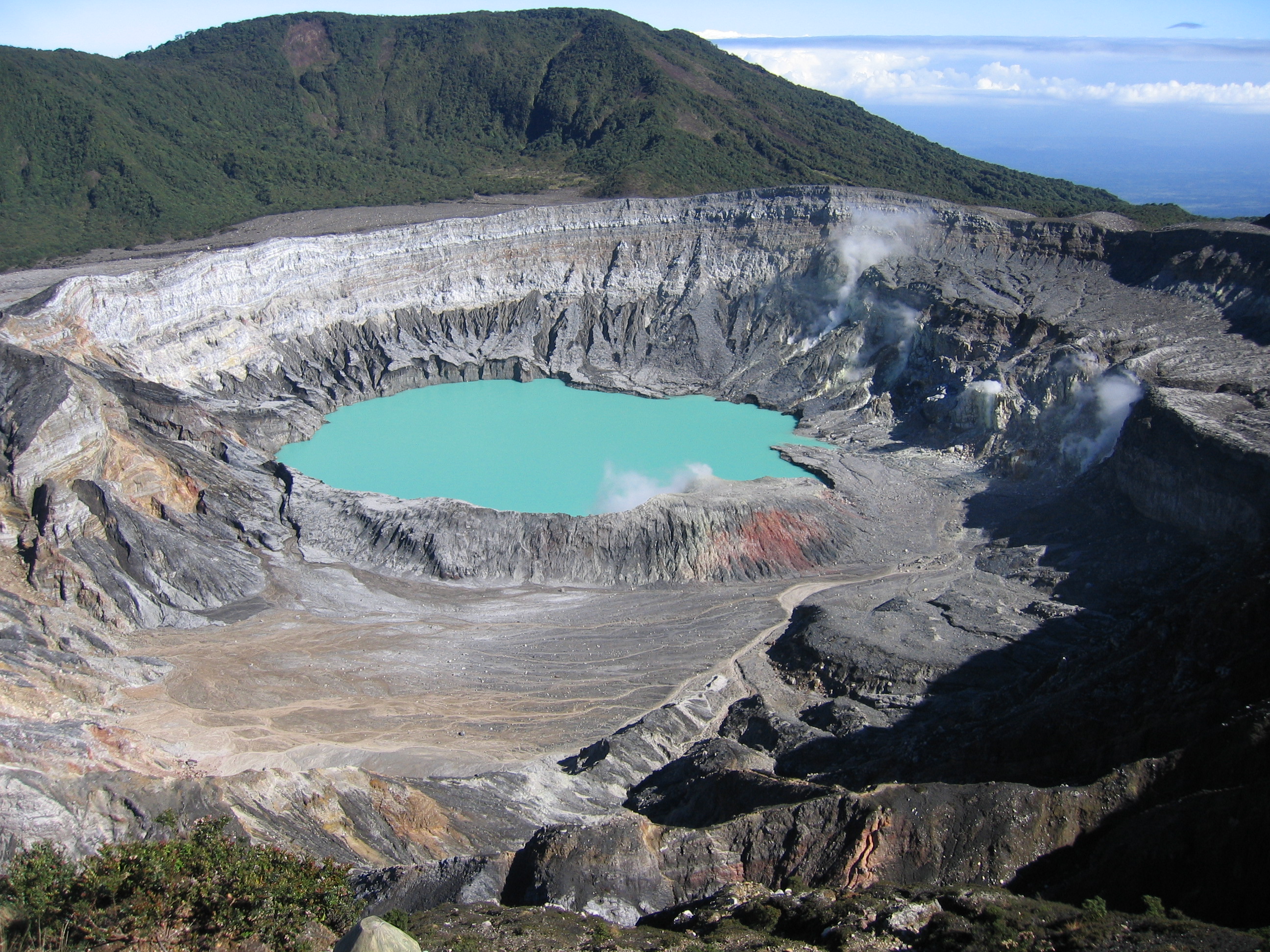
The world's second-largest crater of active volcanoes, after Yellowstone! Just over an hour north of San Jose, the town of Poas makes for an excellent day trip from the capital. Although it is located in a dense cloud forest, it is still relatively easy to reach, and it is possible to drive almost straight up to the main crater, where you will be able to witness surreal views of an acid lake and the surrounding landscape. The second crater is surrounded by a cloud forest and contains a lake that receives water from the rain. Poas is best viewed at sunrise because clouds quickly obscure the craters during the day. The most recent eruption occurred in 2011.
Turrialba Volcano
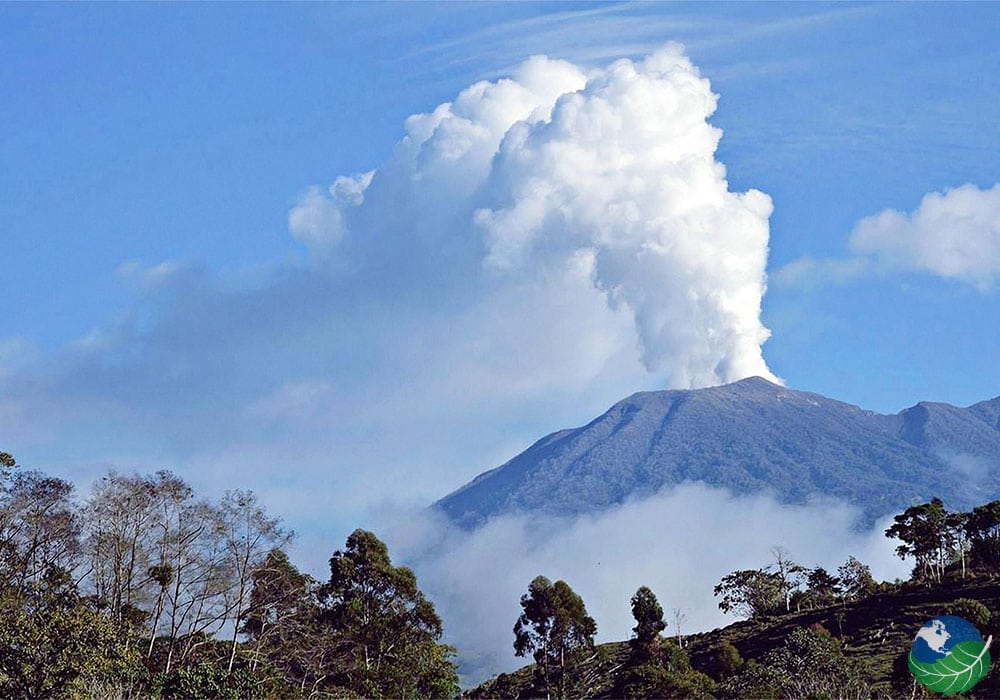
Turrialba volcano, which is adjacent to Irazu, is not nearly as accessible as Irazu. Once you reach the summit, there is a viewing platform, but because this volcano has been active since 2010, hiking is not recommended at this time. Since the beginning of 2015, the explosions have grown larger and more frequent, with the largest occurring on March 12th, sending an ash cloud over the Central Valley and forcing the closure of the country's busiest airport for a day. This was the most significant eruption in the past 20 years, and experts predict that there will be more in the foreseeable future as well.
Where are the volcanoes located in Costa Rica?
The Turrialba Volcano National Park is located in Costa Rica's Central Highlands, along the southeast corner of the Central Volcanic Corridor, and is the world's most active volcano. At 10,919 ft (3,328 m), the summit offers a panoramic view of the Atlantic coast as well as the volcanoes Barva, Poás, and Iraz. On clear days, the summit can be seen from all directions.
Does Costa Rica have any active volcanoes?
Costa Rica is a small country, but it is home to a large number of active volcanoes that are clustered together like pearls on a chain. This is due to the NE subduction of the Pacific tectonic plate beneath the Caribbean tectonic plate. In addition to Arenal, the volcanoes Poás and Iraz are among the most active volcanoes in the country.
How many volcanoes are active on the Costa Rica map?
There are 5 active volcanoes. Costa Rica has 112 volcanoes, 60 of which are considered dormant and 5 of which are considered active, out of which Costa Rica has the most.
What are the 5 active volcanoes in Costa Rica?
Costa Rica has five active volcanoes: the Turrialba Volcano, the Poas Volcano, the Arenal Volcano, the Rincon de la Vieja Volcano, and the Irazu Volcano. The Turrialba Volcano is the most active of the five. In order to be classified as active volcanoes, they must have erupted within the last 10,000 years.
Is Arenal Volcano Active dormant or extinct?
Arenal is a stratovolcano in northwestern Costa Rica, approximately 90 kilometers northwest of San José in the province of Alajuela, and 7 kilometers (4.3 miles) from the town of La Fortuna. It is the most active volcano in the country. Its volcanic cone, which rises to a height of 1,633 meters (5,358 feet), cuts an imposing figure in the landscape.


